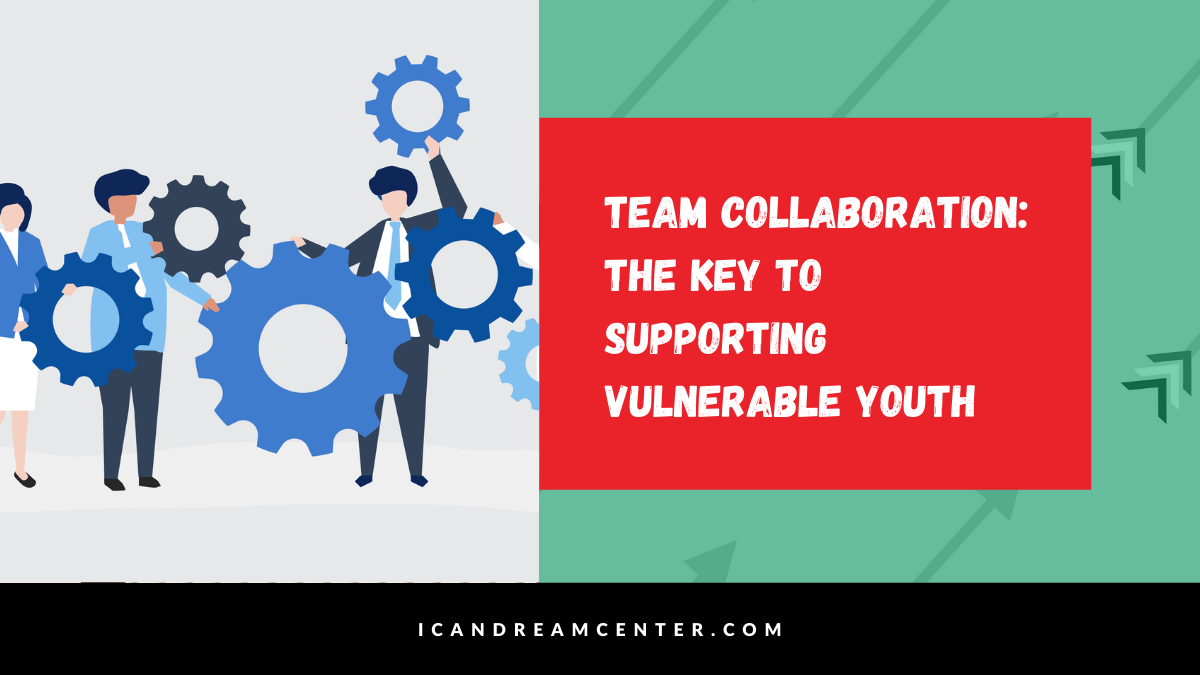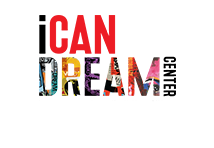
Team Collaboration: The Key to Supporting Vulnerable Youth
When servicing students with disabilities teams can be faced with many challenges to provide effective service. Instructors must learn to be flexible and implement strategies based on the fluid needs of the students. In addition, it takes consistent collaboration to holistically and effectively service students. In 2012, Hanover research explored how professional development strategies effected the learning environment for the student. According to Hanover Research, “instructors must work together to coordinate scheduling and collaborate on instructional issues such as content, lesson timing, and grading procedures” (Hanover, 2012). Collaboration is one of the driving points in Hanover Research. Collaboration may sound like a piece of cake however it is a tough task. In order to have cohesive collaboration there must be a safe environment for staff to communicate openly.
Participation will increase when staff feel they have “safety” in the workplace. According to Crucial Conversations “safety” means, establishing an atmosphere where the other person in a conversation feels comfortable and free to talk about or listen to any topic, no matter how sensitive it may be (McMillan, 2012). Having an environment conducive to openness can help set the tone for problem solving and building strategies. “Teachers should work together to develop effective approaches, strategies, and curricula for specific classes and across disciplines. Regular faculty meetings should use collaborative problem solving to improve instruction” (Hanover, 2012). Allowing staff opportunities to build trust with one another to can encourage honest feedback and opinions even when they are conflicting with colleagues. It is important that all stakeholders have a shared vision and mutual respect so staff can bring their perspectives to the “shared pool of meaning”.
The shared pool of meaning allows each service provider to bring their personal experiences and why they may be helpful to the table. Effective communication seems easy until staff members have opposing views. When these crucial conversations arrive, your staff should be equipped with tools to keep the conversation on track, not make staff members points feel belittled, and navigate through escalating conversations. Open communication can have a direct effect on the way service is provided. In fact, Crucial Conversations shares that “in those organizations where people were able to candidly and effectively speak up about these concerns, the projects were less than half as likely to fail”. The book Crucial Conversations share many skills that staff can practice when trying to collaborate on individualized interventions. Some of these skills include focusing on the way you approach the conversation, knowing what your motivation in the conversation is, staying on track, and remaining aware of the content and environment of the conversation. Mastering open and effective communication within an organization will create an effective collaboration of service providers.
References
Patterson, Kerry. Crucial Conversation: Tools for Talking When Stakes Are High. McGraw-Hill, 2012. Research, Hanover. “Professional Development for Personalized Learning Practices .” Nov. 2013, doi:https://www.hanoverresearch.com/media/Professional-Development-for-Personalized-Learning-Practices.
